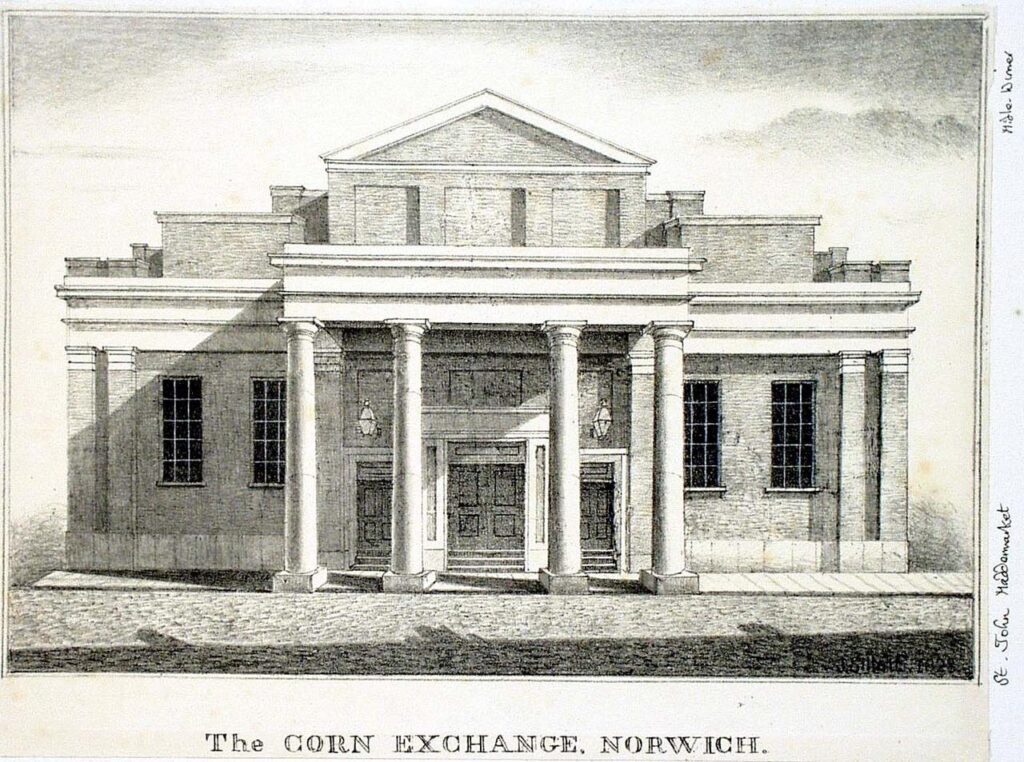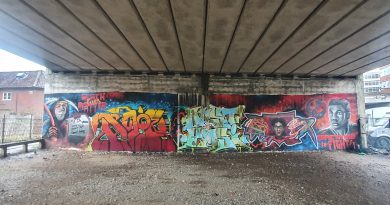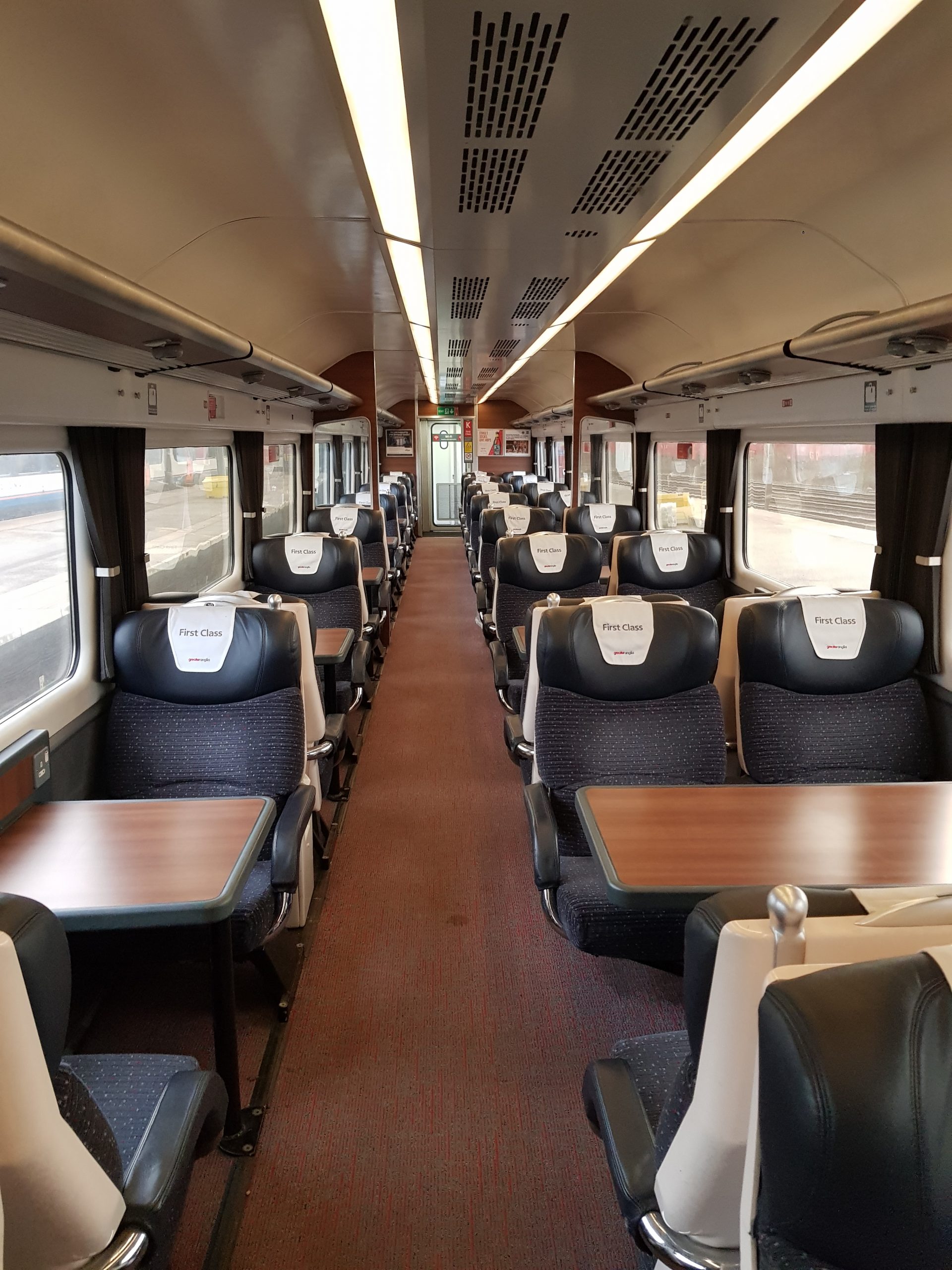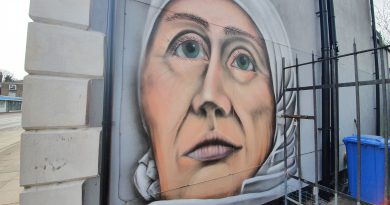200 Years Ago in Norwich : Building of a New Corn Exchange
![]()
Back to my posts about what was happening in Norwich 200 years ago as I needed another break from Soviet statues in Estonia. Something reported in the Norfolk Chronicle newspaper in November 1824 was interesting to me as I hadn’t much thought about it, which is that was there a corn exchange in Norwich? Well, there was, originally it was located at St. Andrew’s Hall, but by the early 1820s planning was starting for a dedicated building. In the newspaper it noted the discussions that were being had and there was a meeting where they were considering whether to accept a generous offer from the Norwich Corporation of land on Castle Meadow to build a new Corn Exchange. There were lots of arguments about what documents should and shouldn’t have been brought to the attention of the meeting, showing that not much really changes in this sort of thing. I also liked how the Chronicle reported the later part of the discussion, which they referred to as “a desultory conversation”.
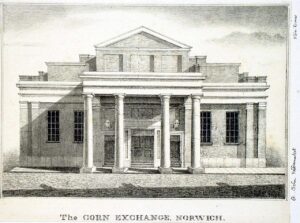
Not much was really agreed at the meeting either way, but there was progress as the above building opened in 1828. It was located in what is now Exchange Street and it’s not entirely hard to work out how that street obtained its name. It was a success as they decided to build a bigger corn exchange and that opened further down the same street, but this was demolished in 1964 as Jarrolds wanted to extend their store.
But, going back to December 1828 when the corn exchange opened, I rather liked the reporting at the time of this:
“A dinner was given to celebrate the opening of the New Corn Exchange, when a scheme presented itself seldom witnessed in Norwich: not less than 450 of the most respectable yeomanry in the county of Norfolk were assembled on the occasion, and they might with pride and satisfaction look round upon this noble building, which had been erected for the accommodation of the county almost entirely by their own voluntary contributions. The hall was beautifully and tastefully lighted up, partly by gas, and by or-molu lamps, hung from the ceiling and placed along the whole range of tables. The dinner, dessert and wines were excellent. The only drawback was the length of time it unavoidably took to ‘furnish forth’ the tables. There being no accommodation for cooking on the premises, the dishes were obliged to be brought a considerable distance. With the exception of Mr Coke, there was a most lamentable deficiency in the attendance of the aristocracy.”
So their dinner was late and there were no really posh people there, but otherwise it was obviously a rather pleasant evening. BTW, I had to Google what or-molu lamps were, apparently “Ormolu is the technique of applying finely ground, high-carat gold–mercury amalgam to an object of bronze”. So there we go.

